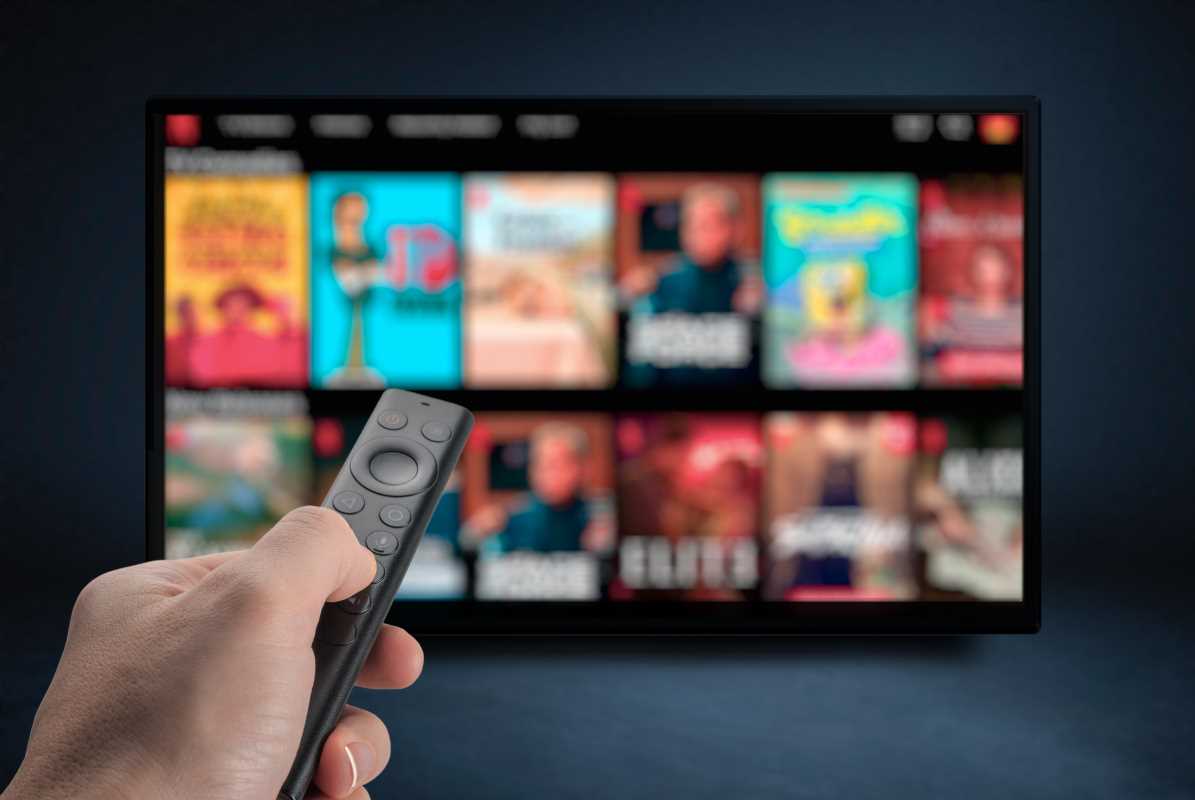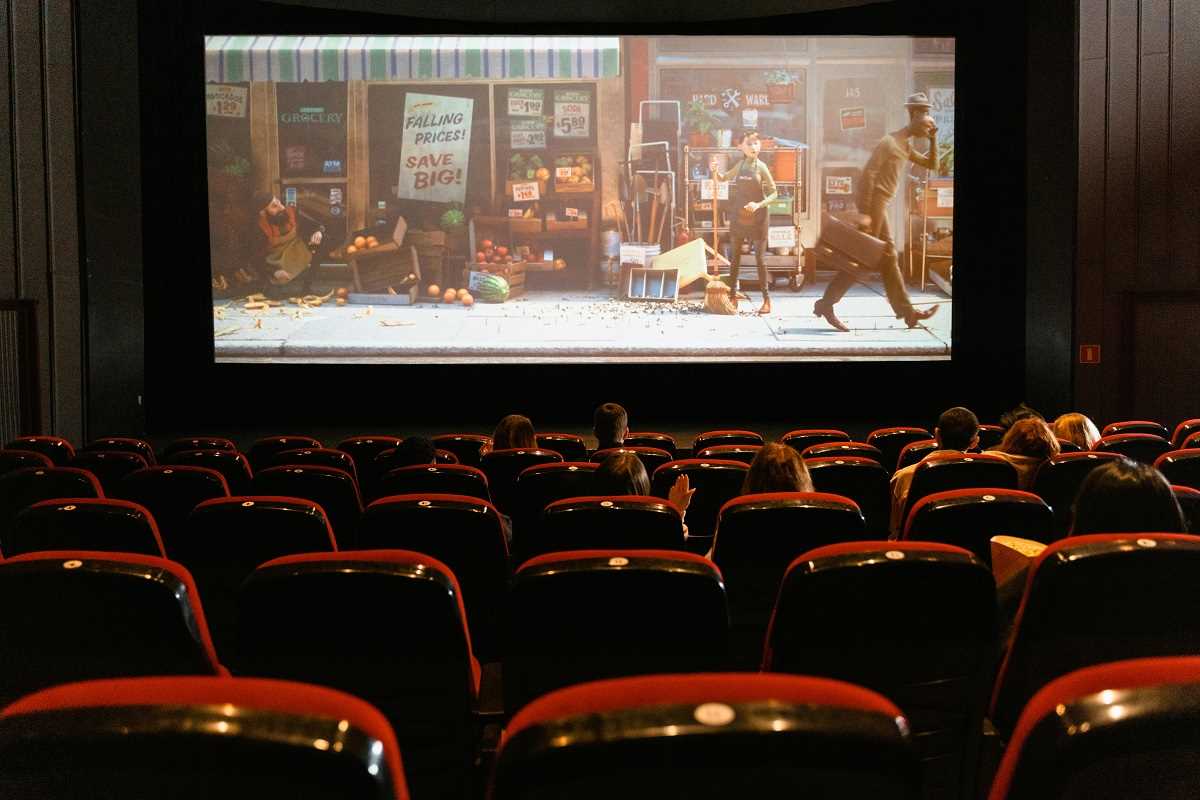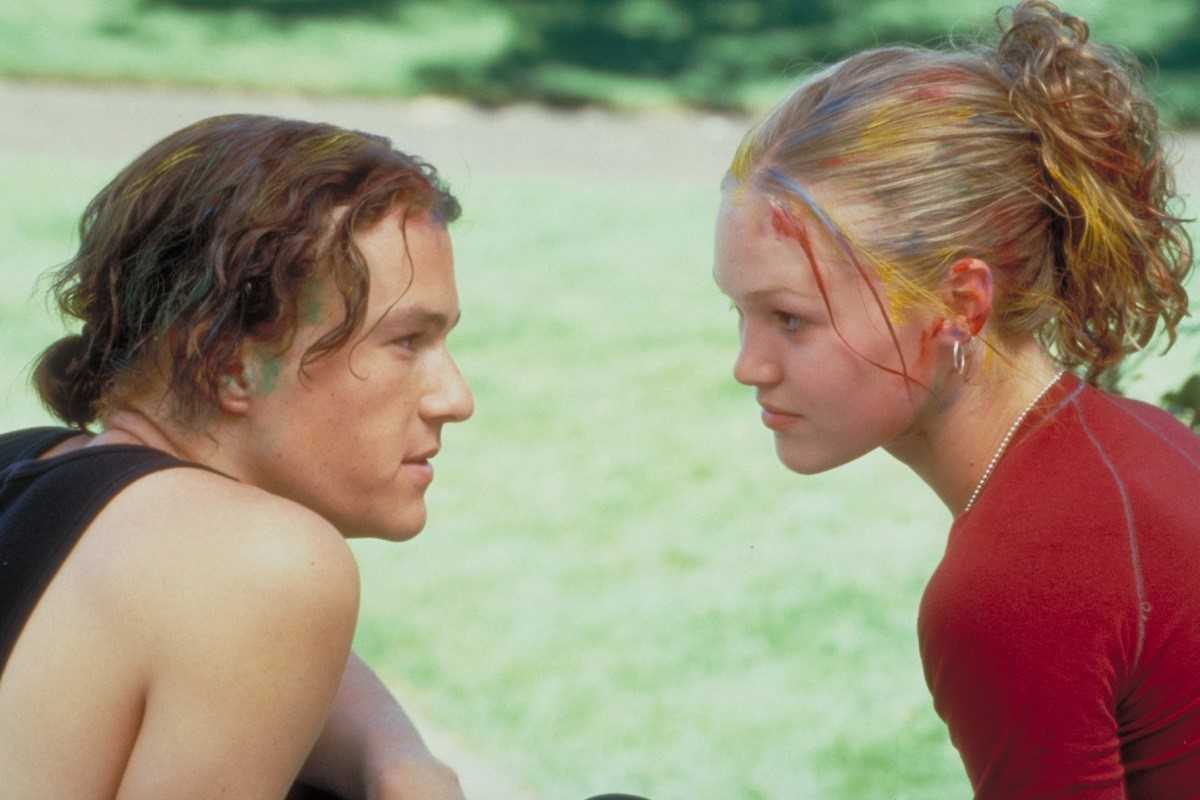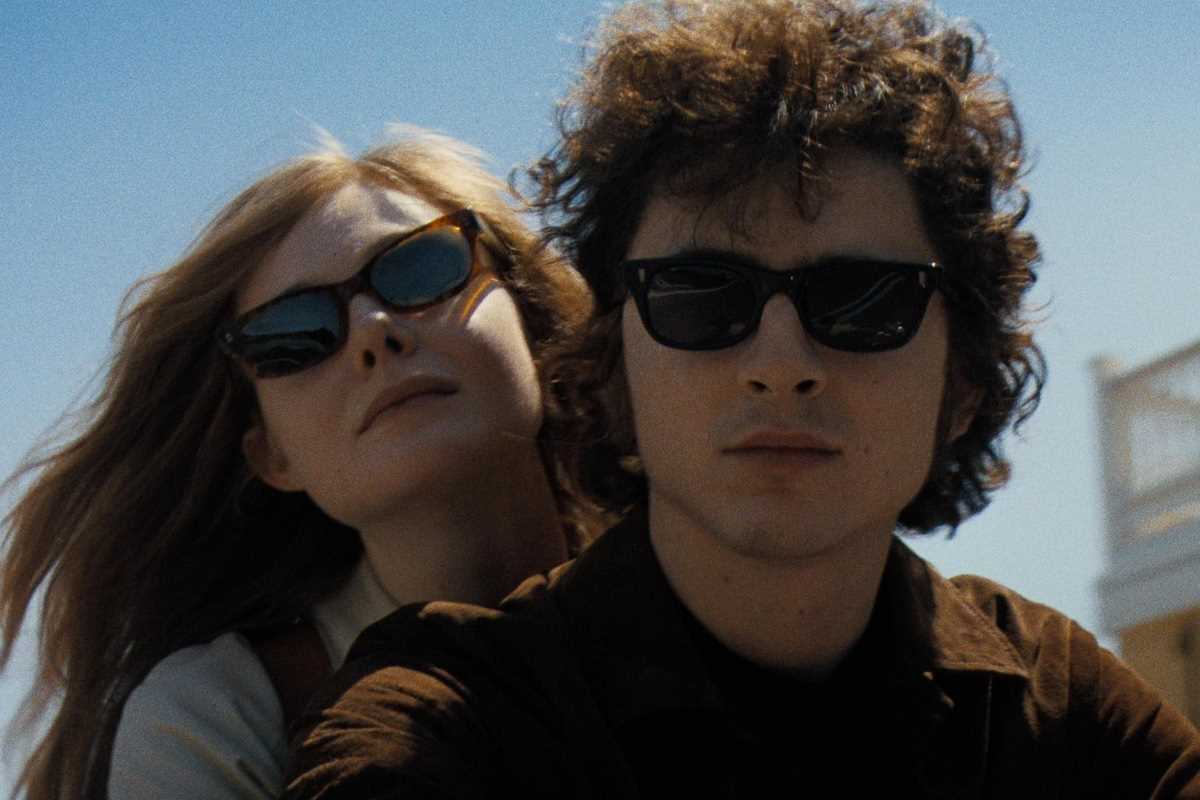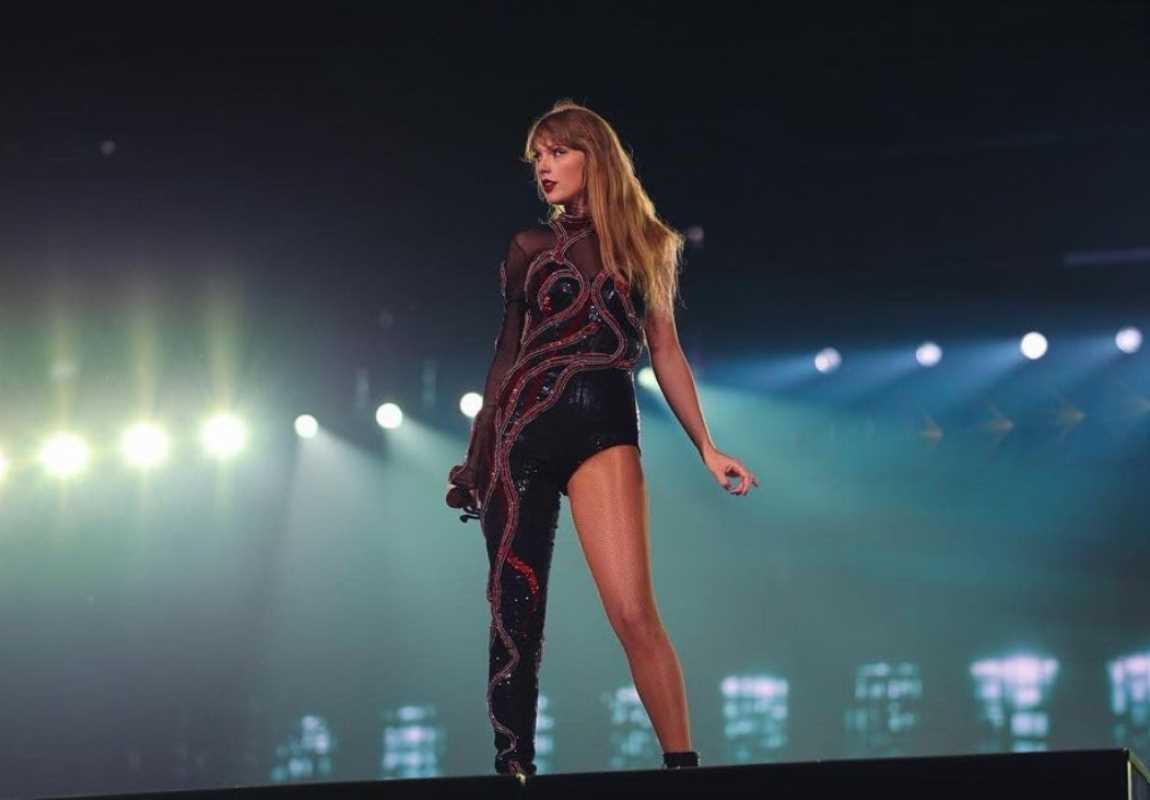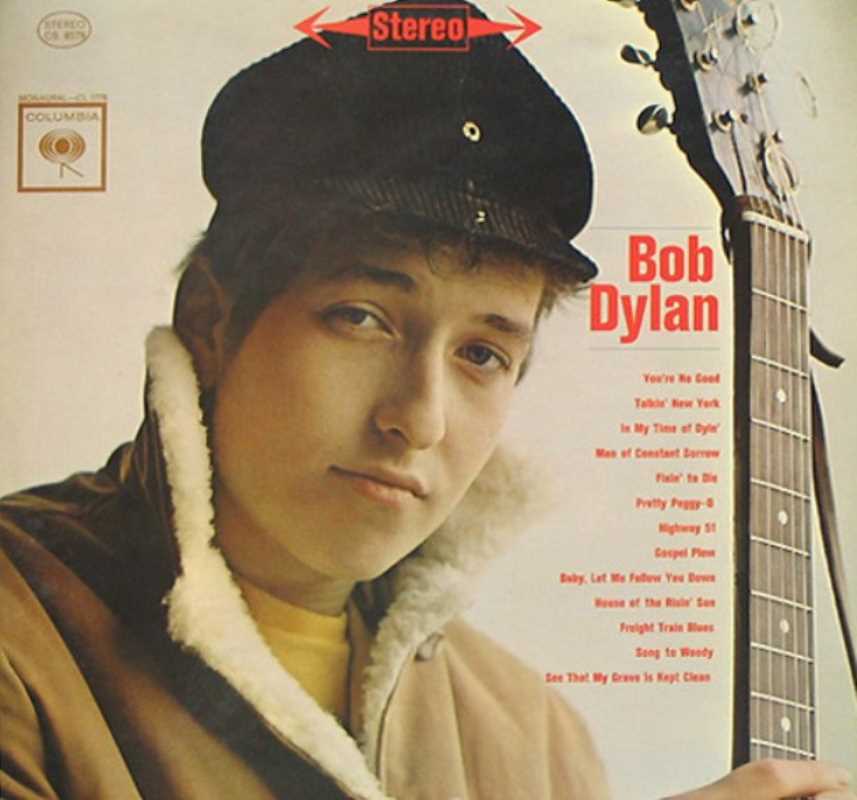Deepfakes are both fascinating and frightening. This groundbreaking technology uses artificial intelligence to manipulate images and videos, making it possible to swap faces, mimic voices, and create performances that look almost too real to believe. For the entertainment industry, deepfakes offer exciting opportunities, but they also come with serious risks. While one side can imagine enhanced special effects and better storytelling, the other sees the dangers of ethics violations and trust issues.
The question is, how should the entertainment world deal with this double-edged sword? Here's a closer look at the benefits and challenges of deepfakes in movies, TV shows, and beyond—and what we might do to tackle them.
The Promising Side of Deepfakes
Deepfakes have a lot of potential when used for good. For starters, they could revolutionize the way visual effects (VFX) are made. Instead of spending millions on computer-generated images or relying on complex motion capture, filmmakers can use deepfake technology to create stunningly realistic effects for a fraction of the cost. For example, an actor's younger version could appear in a movie without needing hours of makeup or tricky editing.
Bringing Back Icons
Perhaps the most talked-about use of deepfakes in Hollywood is bringing back actors who are no longer alive. Imagine seeing Marilyn Monroe or Bruce Lee make cameo appearances in new films—even decades after their passing. This technology allows their legacies to live on in ways nobody thought possible. One real-life example is the Star Wars franchise, which used a form of deepfake-like technology to recreate Carrie Fisher as Princess Leia after her passing. It also brought back a young version of Luke Skywalker in The Mandalorian.
Another exciting possibility is voice cloning. Deepfake tools can replicate an actor's voice to create entirely new performances. This could help in situations where an actor is unavailable for reshoots or post-production voiceovers. For example, if an actor is injured or unavailable, studios could use their deepfake counterpart to complete production.
Breaking Language Barriers
Deepfake technology could also boost global entertainment. It could help actors’ performances be seamlessly dubbed into multiple languages without looking out of sync. Movie fans around the world could experience films closer to how the creators originally intended, with actors’ voices and expressions naturally matching the dialogue. This could expand global audiences and erase communication barriers.
The Dark Side of Deepfakes
Unfortunately, deepfakes aren't exclusively used for creative or ethical purposes. The technology poses serious risks to the entertainment industry—and society in general.
Crossing Ethical Lines
Picture this scenario: a famous actor's face is used in a movie or ad without their consent. Even with legal contracts in place, deepfakes can blur the line between reality and fabrication. Will audiences know what was real and what was computer-generated? Without strict controls, actors may lose control of their own likenesses. This raises ethical questions about ownership and privacy.
Even worse, deepfakes could be used to create false scenarios. People could create damaging videos of celebrities saying or doing things they never did, tarnishing their reputations. For example, imagine a deepfake of a famous actor promoting a harmful product or making inappropriate comments. Once such a video circulates online, it becomes difficult to undo the damage, even if it’s proven to be fake.
Spread of Misinformation
Beyond ethical concerns, one of the biggest risks with deepfakes is how easily they can spread misinformation. A convincing deepfake video of a celebrity making a political statement or endorsing false information could go viral in minutes. Audiences may not always be able to tell the difference between a genuine video and a manipulated one.
For the entertainment industry, misinformation fueled by deepfakes can damage trust between creators and fans. If viewers begin to doubt the authenticity of performances or public statements, entertainment may lose some of its magic.
Job Displacement
There’s also concern about how this technology could impact jobs in the entertainment field. If it's possible to generate realistic digital performances from scratch, what does that mean for actors, stunt doubles, or voice artists? While deepfakes offer convenience, overusing them could reduce opportunities for real-life professionals.
What Can Be Done?
While deepfakes present challenges, they aren’t unstoppable. The entertainment industry—and our society as a whole—can take steps to manage the risks and harness the benefits.
Clear Regulations and Policies
First, it's crucial to develop laws and guidelines around how deepfakes can be used. Governments and entertainment organizations must work together to create strict terms for who can use this technology and for what purposes. For instance, studios should need permission from actors or their estates before creating deepfake performances.
Clear labeling could also help. Deepfake content could come with a disclaimer to inform viewers what parts of the video were digitally altered. This way, audiences maintain their trust without feeling deceived.
Advancing Detection Technology
Fighting deepfakes might require using technology to combat technology. Researchers have already started creating deepfake detection tools designed to identify when a video has been altered. With continued development, entertainment companies can use these tools to ensure the ethical use of digital content. This could prevent fake or harmful videos from spreading before they go viral.
Education and Public Awareness
One of the best defenses against deepfakes is teaching people how to spot them. By raising public awareness, viewers can develop a better understanding of what’s real and what’s not. Schools, social media platforms, and news outlets can help educate audiences about the signs of deepfake videos, encouraging critical thinking when interacting with digital content.
Balancing Art and Reality
Finally, the entertainment industry must strike a balance between art and ethics. Deepfakes can be a great tool to push boundaries and tell groundbreaking stories, but they shouldn't completely replace real performances or genuine artistry.
For example, instead of relying on a deepfake to resurrect an old actor, studios could limit its use to brief appearances or flashbacks. Similarly, consent should always be at the forefront when using someone’s likeness. Filmmakers and actors must work together closely to ensure trust and respect in the creative process.
Final Thoughts
Deepfakes are one of the most exciting and controversial tools in today’s digital age. They open incredible possibilities for creativity in movies, TV shows, and online videos. But with great power comes great responsibility. The entertainment industry has to carefully consider how to use deepfakes in a way that respects ethics, protects individuals, and maintains audience trust.
By creating thoughtful rules, investing in detection tools, and educating the public, we can enjoy the benefits of deepfakes without succumbing to their risks. This middle ground allows the industry to continue evolving while still honoring the authenticity and human connection that make entertainment so special. After all, no matter how good the technology gets, it’s the heart behind the stories that truly captivates us.
.jpg) (Image source: Midjourney)
(Image source: Midjourney) 